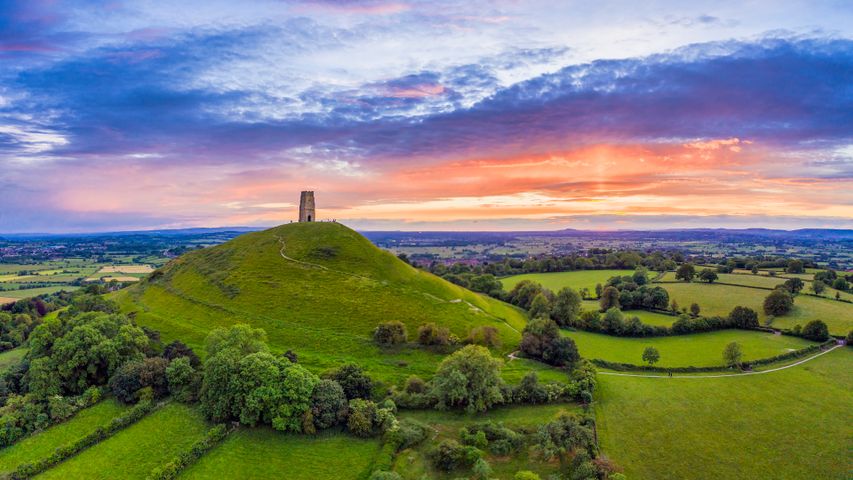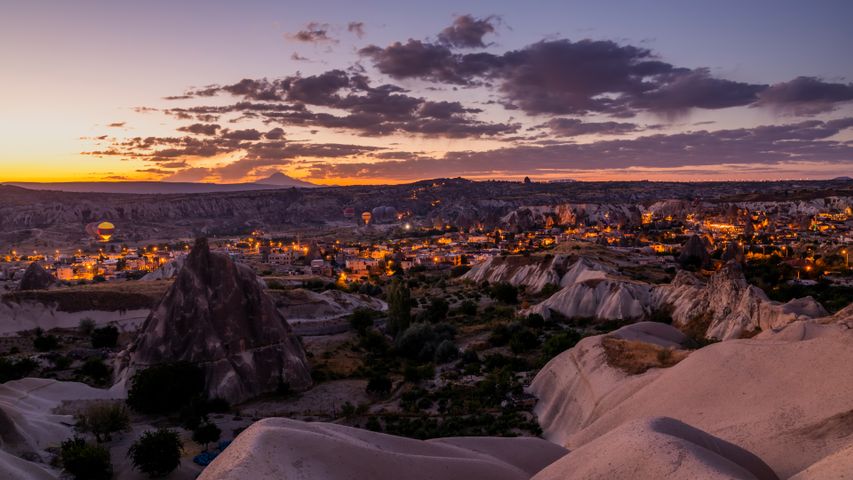Fields of barley in East Lothian
© Scott Masterton/plainpictur
Fields of gold
Today we’re in the East Lothian region, sometimes called the Garden of Scotland, to pay homage to the area's agricultural roots on Lammas Day. Also known as Loaf Mass Day, it marks the beginning of the harvest season and is traditionally celebrated on 1 August. The day has its roots in an ancient tradition known in medieval times as the Gule of August, which was gradually incorporated into the Christian liturgy celebrating Holy Communion. It gets its name from loaves of bread baked from the first harvested grain of the season each year.
Traditionally, Lammastide festivals would mean up to 10 days of eating, drinking and general merriment. During a Lammas fair Scottish couples were also allowed a trial marriage, or 'handfast', where they could live together for a trial period that could last as long as the Lammas festival itself, or up to a full year. If, at the end of the trial, the couple decided to call things off, the woman could return to her family with all of her possessions. If a child was born from this union, it would go to live with the father without stigma. While this arrangement seems awfully modern, it may have had something to do with a lack of available priests - handfasts allowed a travelling priest to perform all the town's weddings in one day.
Related Images
Bing Today Images



 St. Michael's Church Tower on Glastonbury Tor, Glastonbury, Somerset, England
St. Michael's Church Tower on Glastonbury Tor, Glastonbury, Somerset, England
 Chisos Mountains, Big Bend National Park, Texas, United States
Chisos Mountains, Big Bend National Park, Texas, United States
 Arromanches-les-Bains in Normandy, France
Arromanches-les-Bains in Normandy, France
 Knuthöjdsmossen nature reserve, Sweden
Knuthöjdsmossen nature reserve, Sweden
 Tower Bridge in London, England
Tower Bridge in London, England
 Hot air balloons over Göreme Historical National Park in Cappadocia, Türkiye
Hot air balloons over Göreme Historical National Park in Cappadocia, Türkiye
 Tulips, Netherlands
Tulips, Netherlands
 Lightning and storm clouds at sunset near Bowman, Nebraska, United States
Lightning and storm clouds at sunset near Bowman, Nebraska, United States


